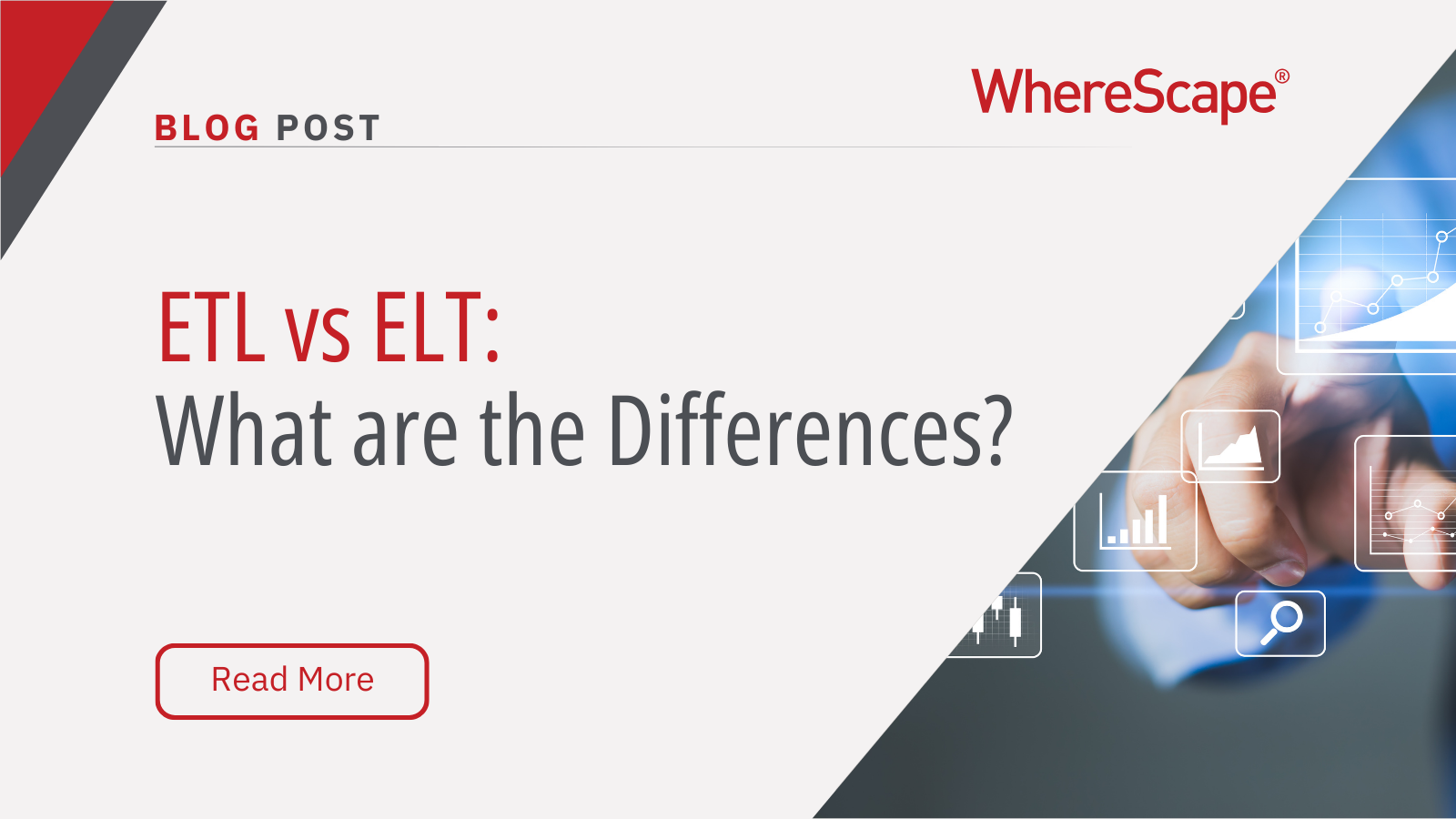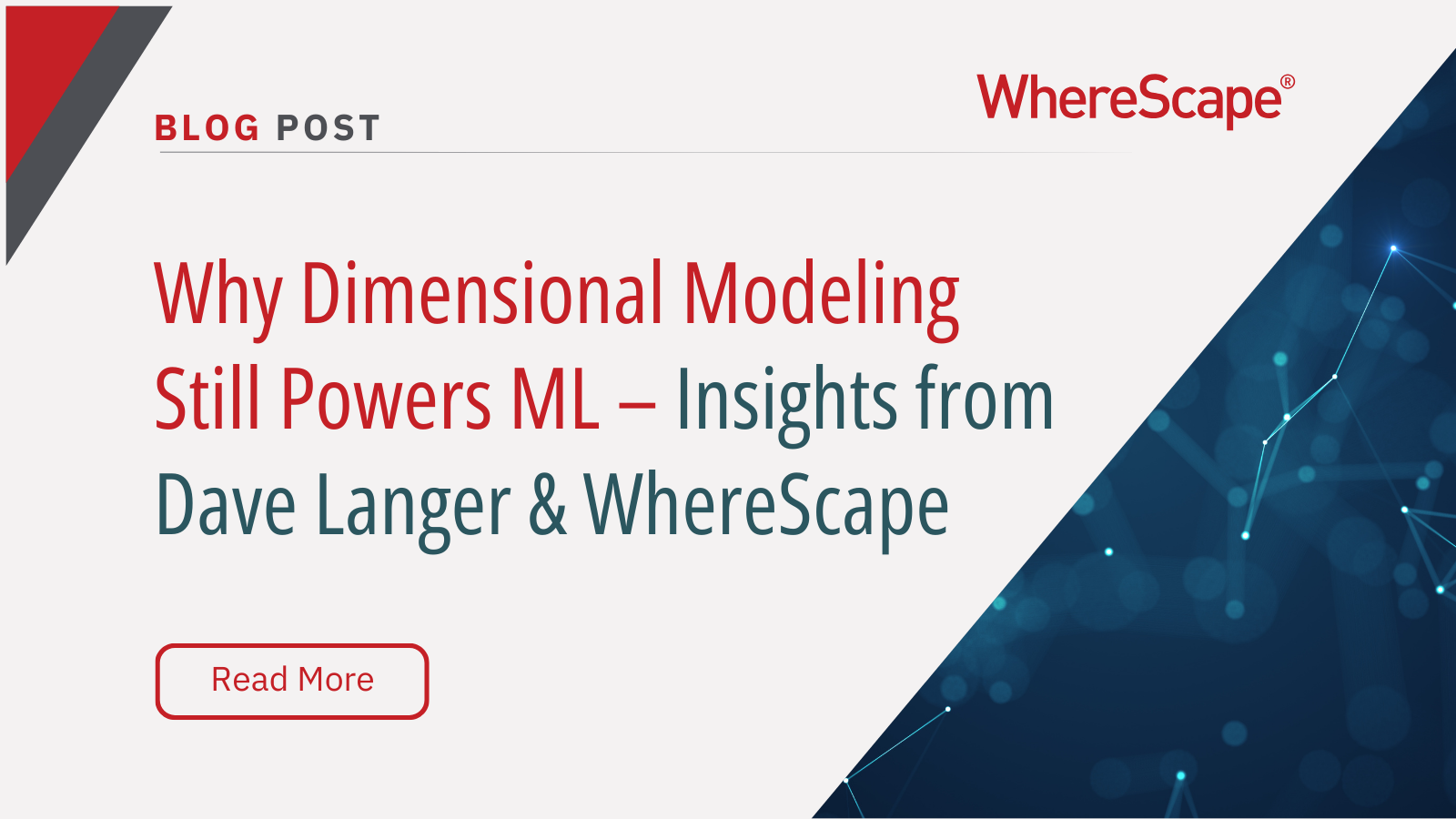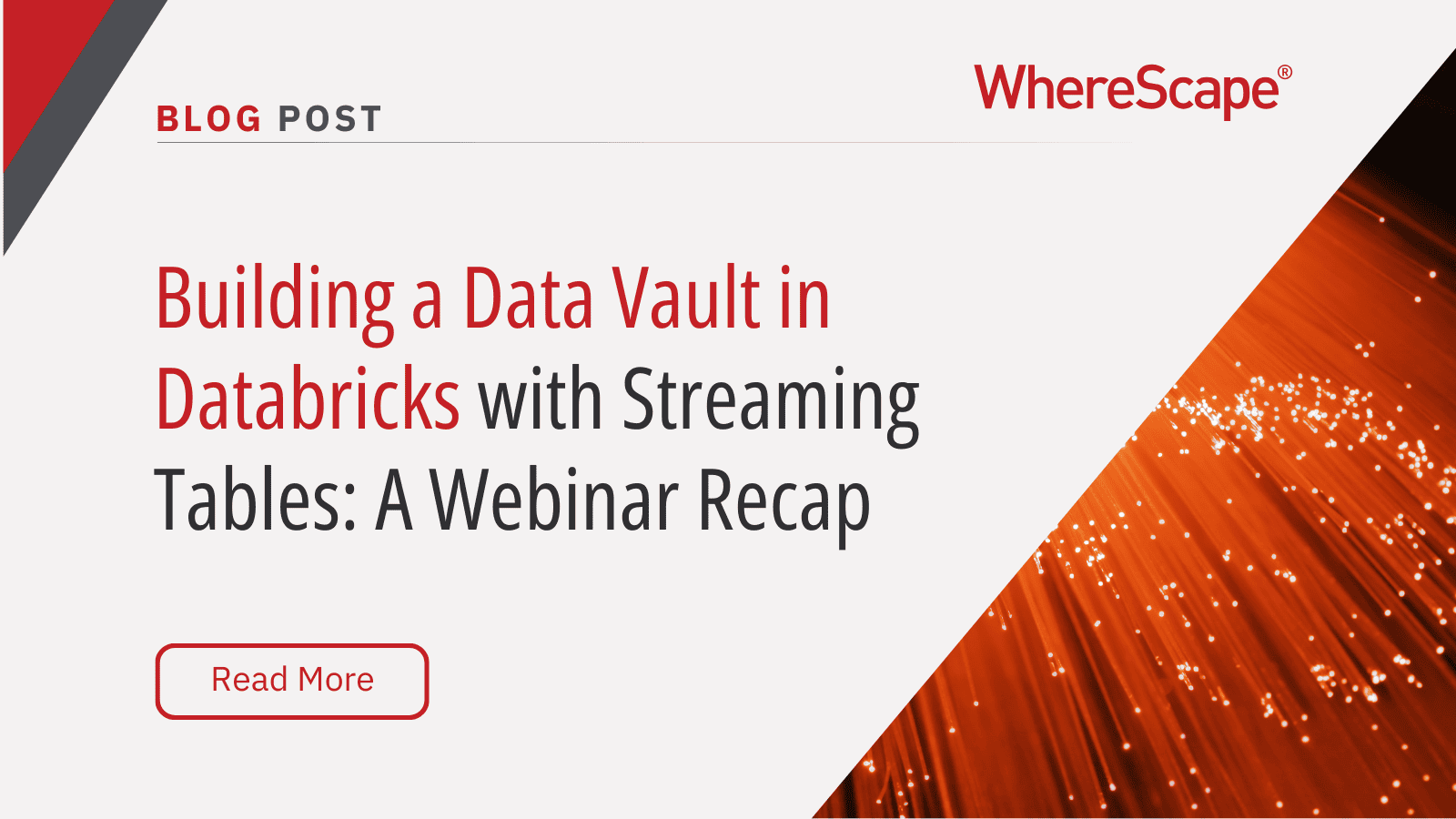Join us for a 60-minute live demo of...
Data Automation Levels Explained for Next-Gen Data Warehousing
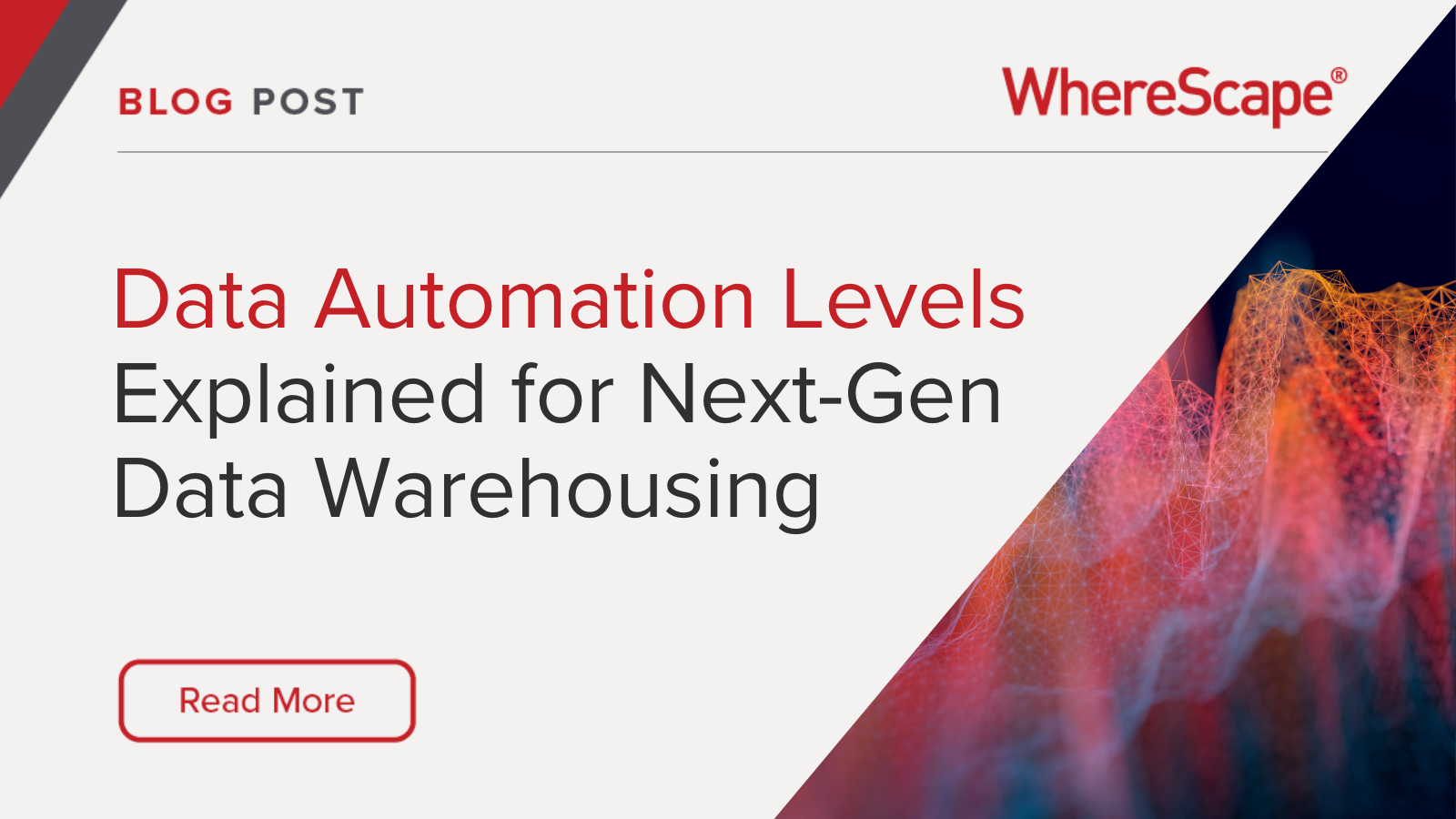
The concept of automation has seamlessly integrated into many aspects of our lives, from self-driving cars to sophisticated software systems. Recently, Mercedes-Benz announced their achievement in reaching Level 3 in automated driving technology, which got me thinking about the parallels in the world of Data Warehouse Automation (DWA).
Just as in the realm of autonomous vehicles, DWA isn’t a binary state but rather exists on a spectrum of capabilities. In this article, I’ll explore the various levels of DWA, demystifying how they function and what each level means for businesses and technologists alike. This journey through the layers of automation will provide insights into not only how DWA is evolving but also its potential impact on our data-driven future.
Data Automation Levels: From Cars to Coding
The United States National Highway Transportation Safety Administration has defined six levels of automated driving, primarily differentiated by the degree of driver involvement. This gradation of automation ranges from no automation (Level 0) where the driver performs all tasks, to full automation (Level 5), where no driver is needed at all.
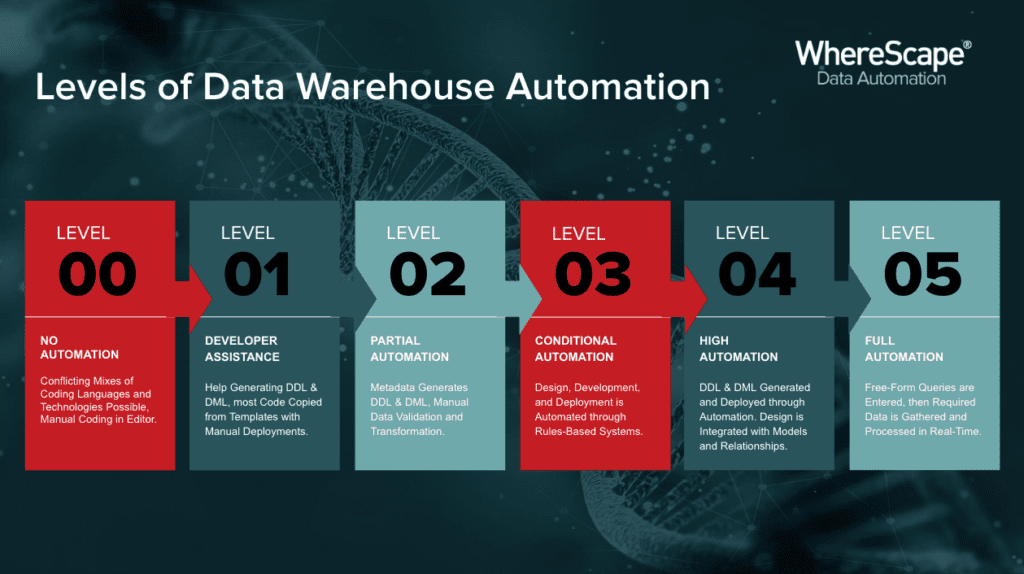
This concept of varying levels of automation applies beyond the world of vehicular transport. It extends into my daily work realm – Data Warehouse Automation (DWA). Similar to the automotive industry, DWA encompasses a spectrum of capabilities, including data integration. You can categorize these capabilities into levels, similar to the automated driving system.
Though not formally recognized, if we were to define levels 0-5 for DWA, they would represent a progression from manual data handling, data integration, and analysis (Level 0) to a fully autonomous data management system (Level 5) where human intervention is minimal or unnecessary.
This gradation shows how the evolving landscape of data management improves efficiency, accuracy, and speed with each level of automation. If levels 0-5 were defined for Data Warehouse Automation, what might those levels look like?
Level 0 – No Automation
We do everything manually. Designers do design work on paper or with minimal tools. We manually perform requirements and data profiling. Developers write the structures and pipelines for storing and moving data by hand, and then execute them in a database administrative tool.
Level 1 – Developer Assistance
Users utilize an entity-relationship tool to create the logical model of the data warehouse and organize data sets. Users write the DDL and DML code using templates. Deployment and documentation are still manual processes.
Level 2 – Partial Automation
DDL and DML are generated from metadata, but no knowledge of data warehouse design or relationships. We manually deploy the code. We manually perform any data validation or transformation. You need deep technical knowledge and experience.
Level 3 – Conditional Automation
Design, development, and deployment are created with an understanding of data warehouse architecture. Rules-based systems automatically apply attributes and transform data as needed. Profiling, design, creation of ELT or ELT (extract, transform, and load) processes, and linking various object types (such as facts and dimensions) are all done automatically. Deployments, documentation, and task scheduling are all handled automatically.
Level 4 – High Automation
DDL and DML generated and deployed. Design fully automates the implementation of relationships and data warehouse models through data catalogs. Very, very little code is hand-written. Analysts, not technical staff, manage all development and deployment of the data warehouse.
Level 5 – Full Automation
Free-form queries are entered and the required data is gathered from multiple sources and processed in real-time. Does the data warehouse even exist anymore? Artificial intelligence might be involved in caching and calculating data before it is needed, but the idea of a dedicated online system for analyzing data with batch jobs loading data for later analysis has become outdated. Why maintain a data warehouse if it’s possible to get the answer to any question directly and instantly?
Why Automated Driving?
With automated driving, the first reaction of most people is “Great, I can relax while the car drives itself.” But fully automated driving is going to drastically change how we use cars, probably in ways we can’t predict. Some benefits would be faster commutes, less congestion meaning more sustainability, better use of intersections, fewer accidents, lower maintenance costs, greatly increased gas mileage, lower insurance premiums, and so on. Perhaps even the private ownership of cars may go away, and they will simply be available on demand.
Why Data Warehouse Automation?
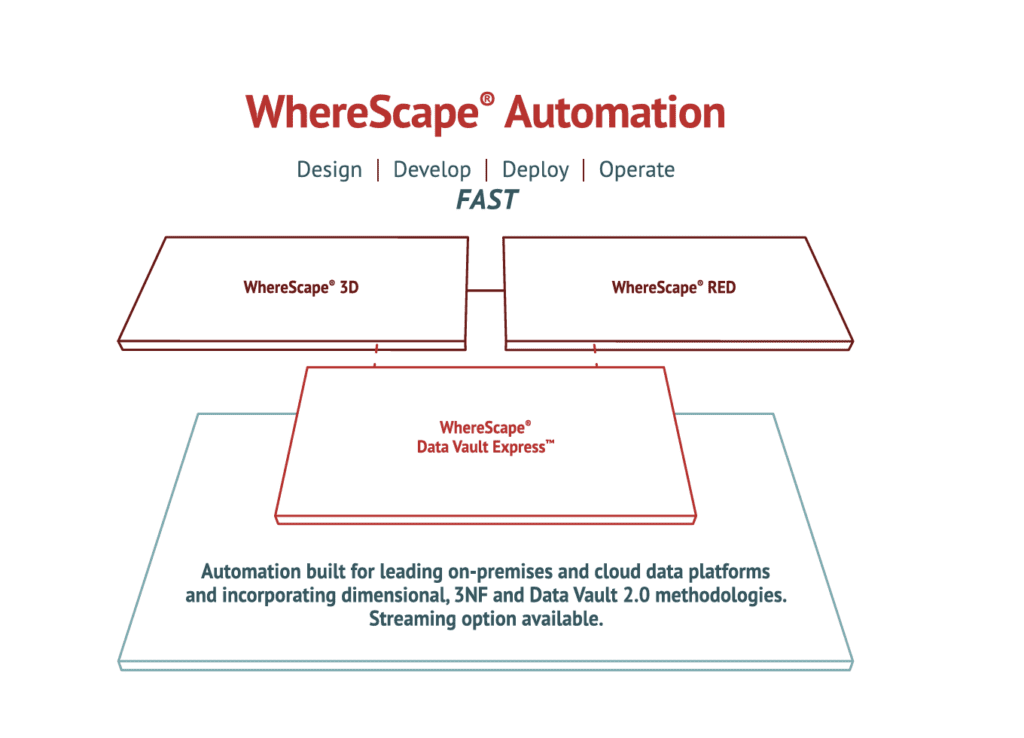
Faster building of a data warehouse is a key benefit of DWA. But, as with driving, there are unexpected benefits:
Data Automation for Productivity
WhereScape RED transforms the development landscape with its drag-and-drop approach, significantly shortening the time needed for data infrastructure development, deployment, and operations. This automation is a key component of an effective data automation strategy, leading to a streamlined workflow that not only saves time but also ensures consistency across projects.
Platform-Native Code Generation
One of the most striking features of data automation tools like WhereScape RED is its ability to eliminate up to 95% of manual coding. By automatically generating SQL and other codes native to your target platform, it adheres to platform-specific best practices, boosting productivity and reducing the risk of inconsistencies.
Automatic Documentation and Metadata Management
Keeping documentation updated is a cumbersome task, but with WhereScape RED, this happens automatically. The tool not only maintains comprehensive documentation but also manages metadata efficiently, leading to improved data quality. This feature ensures an up-to-date, transparent view of your data infrastructure, which is essential for both IT and business stakeholders.
Agile Data Warehouse Development
WhereScape RED is embedded with best practices for various data warehousing methodologies like 3NF, Data Vault, and dimensional modeling. This integration reduces complexity and accelerates development. Furthermore, its integrated scheduling and workflow engine simplifies the management of decision support infrastructure, eliminating the need for manual scripting.
Advanced SQL Code Generation
The tool excels in generating native SQL code, leveraging database-specific features and applications. Additionally, it automates the entire data warehousing life cycle, from design to operation, with its integrated metadata repository and support for agile methodologies.
Agile Prototyping
WhereScape RED empowers users to move swiftly from source data to a populated schema, facilitating rapid prototyping. It also excels in integrating big data infrastructure, such as data lakes, with enterprise data, thus creating a comprehensive understanding across the business landscape.
ELT and Data Lineage
Offering complete extraction, load, and transformation capabilities, WhereScape RED includes integrated dependency management and scheduling. Its data lineage visualization aids in understanding the flow of data and the impact of changes, a crucial aspect of modern data management.
Data Automation Today
There are several companies offering data warehouse automation tools today. WhereScape 3D and WhereScape RED, probably the most advanced tools, are around Level 3. With the adoption of data fabric and more advanced data cataloging, I expect Level 4 automation to come about in the next three to five years. Full automation? I think you’re going to find that’s going to be much easier in a car than in an open technical environment that requires data analytics.
Data Automation is a necessity, particularly in the realm of processing automation. If you are looking at DWA tools, think about how advanced each tool is. How flexible is it? How does it work in my current (or future) technical stack? How abstractly am I working? Am I telling the tool WHAT I want to do or HOW I want to do it? A good tool will know the HOW. You should simply provide the WHAT.
Embracing Data Automation in Data Warehousing
Data Warehouse Automation is more than a trend. It’s a significant shift in data handling and processing data. The progression from Level 0 to Level 5 in data warehouse automation reflects our move towards a more automated and intelligent future. This evolution brings substantial benefits of data warehouse automation, including reduced costs, enhanced data processing speed and accuracy, and a transformative approach to business decision-making.
While reaching the pinnacle of Level 5 in data automation presents its challenges, it opens up a world of possibilities in data management, specifically data processing and analysis. For businesses, adapting to these changes and choosing the right tools, like WhereScape’s offerings, are crucial steps in leveraging the potential of DWA. Let’s move forward into this automated future, recognizing that the journey is as much about visionary thinking as it is about technological advancement.
Ready to see how WhereScape can revolutionize your data strategy? Book a demo today and take the first step towards a smarter, more efficient data future.
FAQs
What is data automation?
Data automation refers to the use of technology to automate the collection, processing, and analysis of data, reducing the need for manual intervention.
What are the levels of Data Warehouse Automation (DWA)?
DWA levels range from Level 0, where individuals perform all tasks manually, to Level 5, where data management is fully automated with minimal human involvement.
What are the benefits of data automation?
Benefits include improved efficiency, enhanced accuracy, cost reduction, and scalability in data management.
How does data automation impact businesses?
Data automation improves decision-making speed, reduces operational costs, and enables businesses to scale their data infrastructure more effectively.
Is full data automation achievable today?
While full automation (Level 5) presents challenges, advancements in AI and machine learning are bringing us closer to this reality.
Why should businesses consider Data Warehouse Automation?
DWA can significantly enhance productivity, accuracy, and scalability, making it a crucial aspect of modern data management strategies.
ETL vs ELT: What are the Differences?
In working with hundreds of data teams through WhereScape’s automation platform, we’ve seen this debate evolve as businesses modernize their infrastructure. Each method, ETL vs ELT, offers a unique pathway for transferring raw data into a warehouse, where it can be...
Dimensional Modeling for Machine Learning
Kimball’s dimensional modeling continues to play a critical role in machine learning and data science outcomes, as outlined in the Kimball Group’s 10 Essential Rules of Dimensional Modeling, a framework still widely applied in modern data workflows. In a recent...
Automating Data Vault in Databricks | WhereScape Recap
Automating Data Vault in Databricks can reduce time-to-value by up to 70%—and that’s why we hosted a recent WhereScape webinar to show exactly how. At WhereScape, modern data teams shouldn't have to choose between agility and governance. That's why we hosted a live...
WhereScape Recap: Highlights From Big Data & AI World London 2025
Big Data & AI World London 2025 brought together thousands of data and AI professionals at ExCeL London—and WhereScape was right in the middle of the action. With automation taking center stage across the industry, it was no surprise that our booth and sessions...
Why WhereScape is the Leading Solution for Healthcare Data Automation
Optimizing Healthcare Data Management with Automation Healthcare organizations manage vast amounts of medical data across EHR systems, billing platforms, clinical research, and operational analytics. However, healthcare data integration remains a challenge due to...
WhereScape Q&A: Your Top Questions Answered on Data Vault and Databricks
During our latest WhereScape webinar, attendees had fantastic questions about Data Vault 2.0, Databricks, and metadata automation. We’ve compiled the best questions and answers to help you understand how WhereScape streamlines data modeling, automation, and...
What is Data Fabric? A Smarter Way for Data Management
As of 2023, the global data fabric market was valued at $2.29 billion and is projected to grow to $12.91 billion by 2032, reflecting the critical role and rapid adoption of data fabric solutions in modern data management. The integration of data fabric solutions...
Want Better AI Data Management? Data Automation is the Answer
Understanding the AI Landscape Imagine losing 6% of your annual revenue—simply due to poor data quality. A recent survey found that underperforming AI models, built using low-quality or inaccurate data, cost companies an average of $406 million annually. Artificial...
RED 10: The ‘Git Friendly’ Revolution for CI/CD in Data Warehousing
For years, WhereScape RED has been the engine that powers rapidly built and high performance data warehouses. And while RED 10 has quietly empowered organizations since its launch in 2023, our latest 10.4 release is a game changer. We have dubbed this landmark update...
The Assembly Line for Your Data: How Automation Transforms Data Projects
Imagine an old-fashioned assembly line. Workers pass components down the line, each adding their own piece. It’s repetitive, prone to errors, and can grind to a halt if one person falls behind. Now, picture the modern version—robots assembling products with speed,...
Related Content
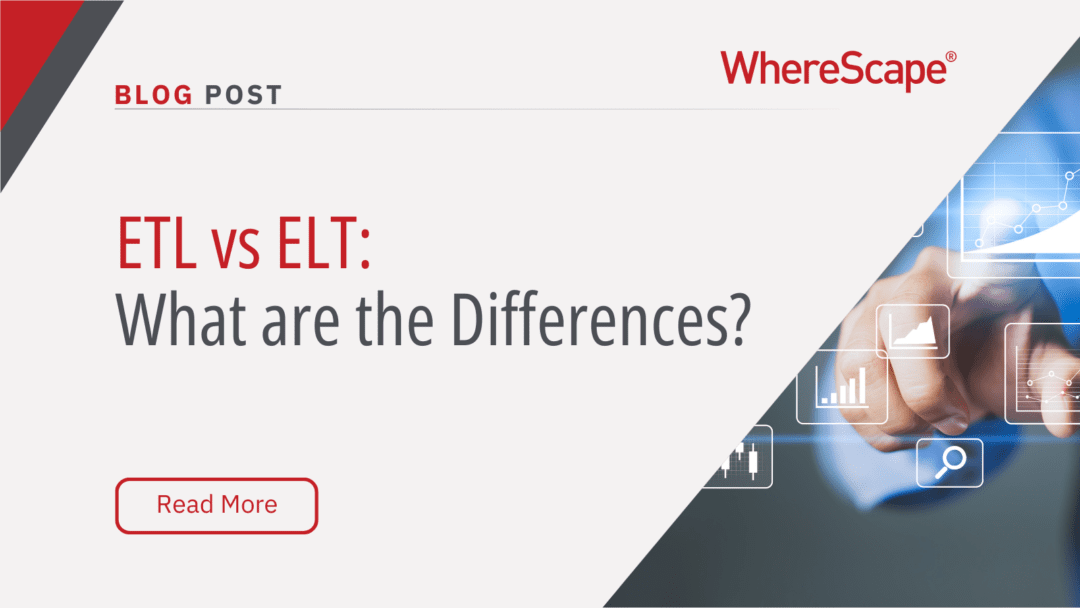
ETL vs ELT: What are the Differences?
In working with hundreds of data teams through WhereScape’s automation platform, we’ve seen this debate evolve as businesses modernize their infrastructure. Each method, ETL vs ELT, offers a unique pathway for transferring raw data into a warehouse, where it can be...
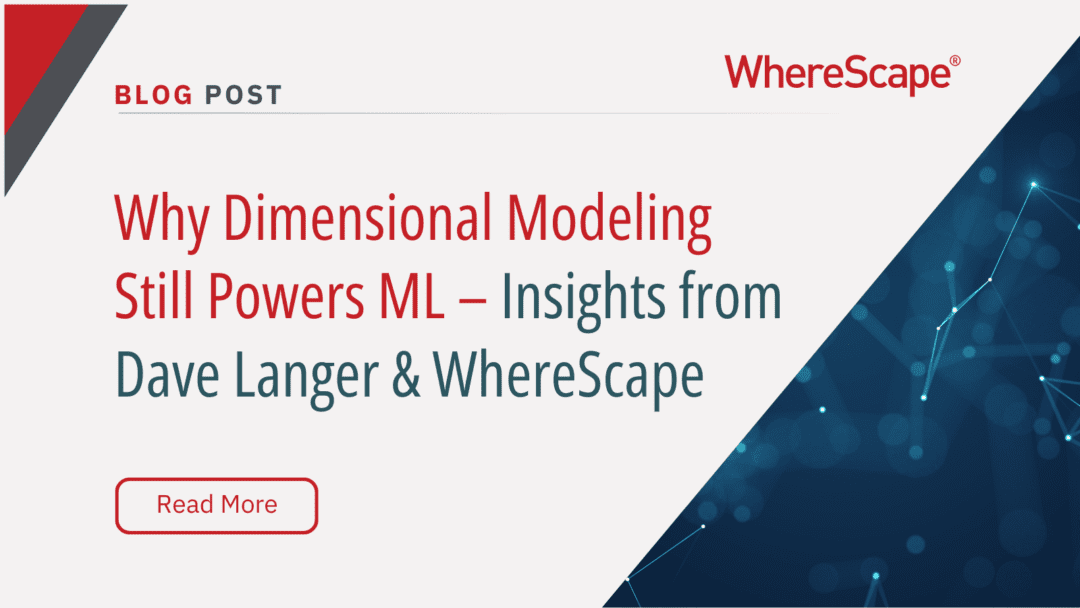
Dimensional Modeling for Machine Learning
Kimball’s dimensional modeling continues to play a critical role in machine learning and data science outcomes, as outlined in the Kimball Group’s 10 Essential Rules of Dimensional Modeling, a framework still widely applied in modern data workflows. In a recent...
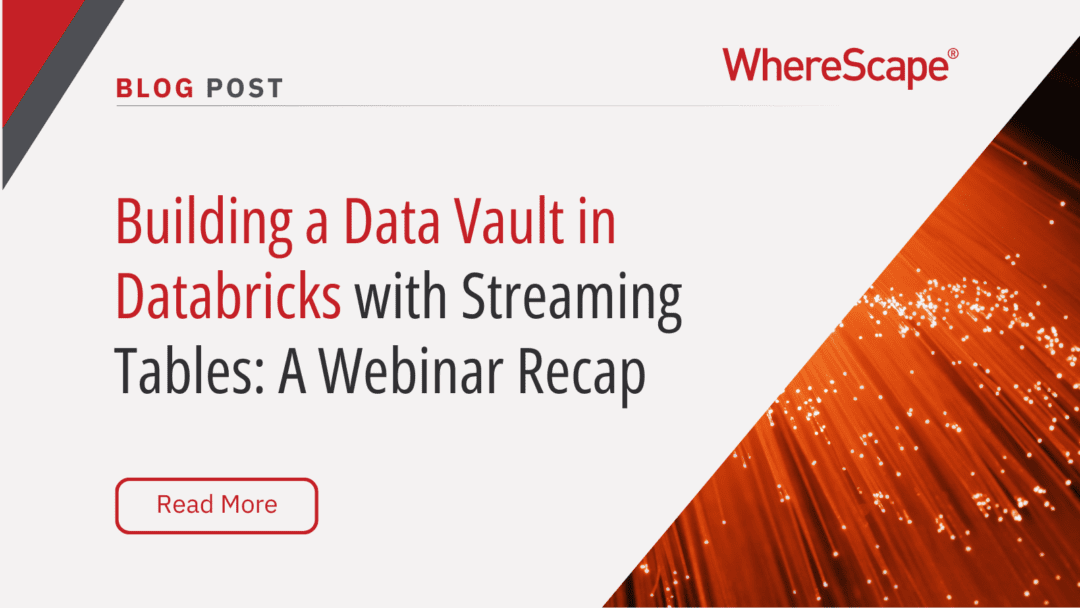
Automating Data Vault in Databricks | WhereScape Recap
Automating Data Vault in Databricks can reduce time-to-value by up to 70%—and that’s why we hosted a recent WhereScape webinar to show exactly how. At WhereScape, modern data teams shouldn't have to choose between agility and governance. That's why we hosted a live...

WhereScape Recap: Highlights From Big Data & AI World London 2025
Big Data & AI World London 2025 brought together thousands of data and AI professionals at ExCeL London—and WhereScape was right in the middle of the action. With automation taking center stage across the industry, it was no surprise that our booth and sessions...


